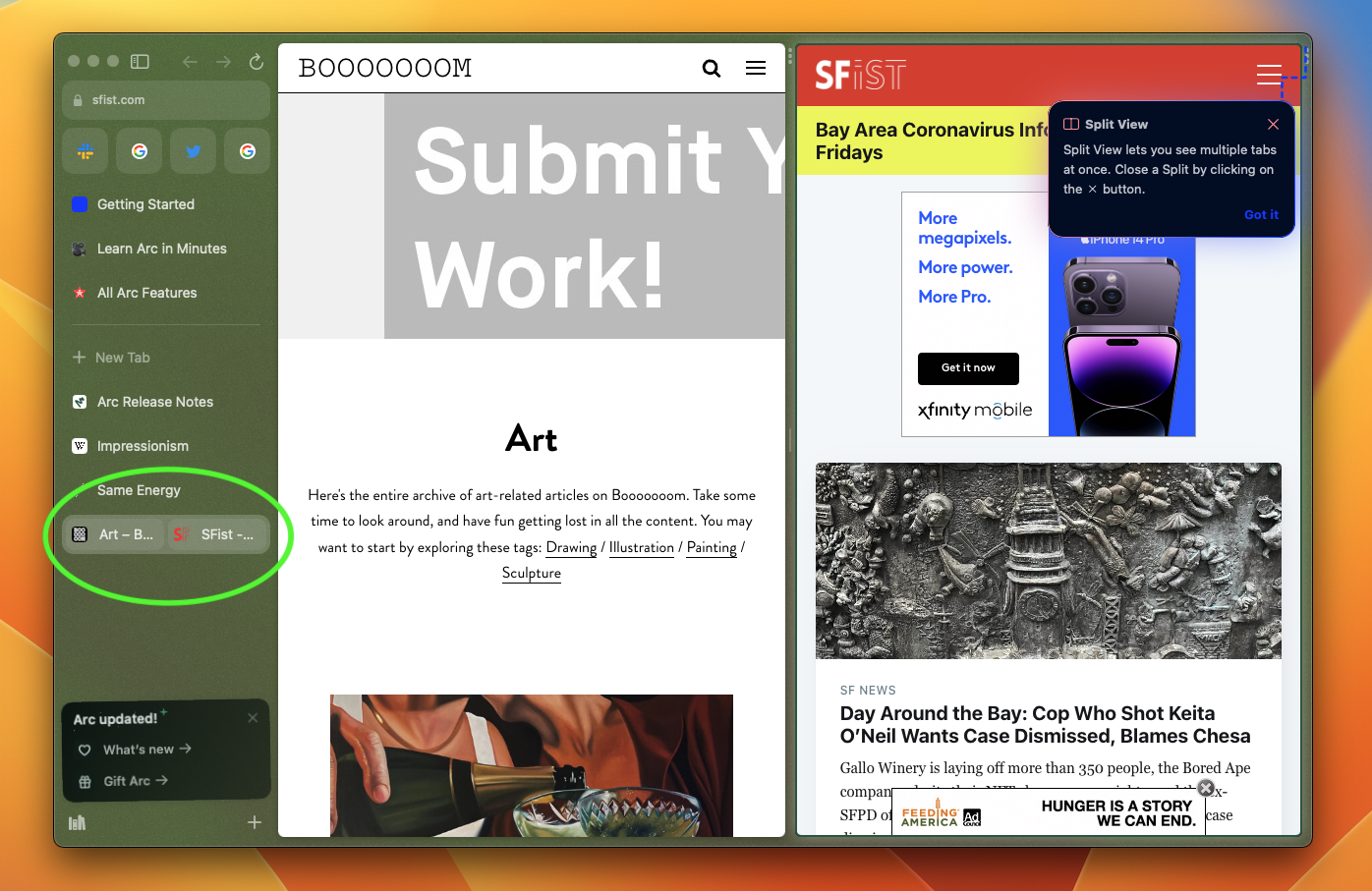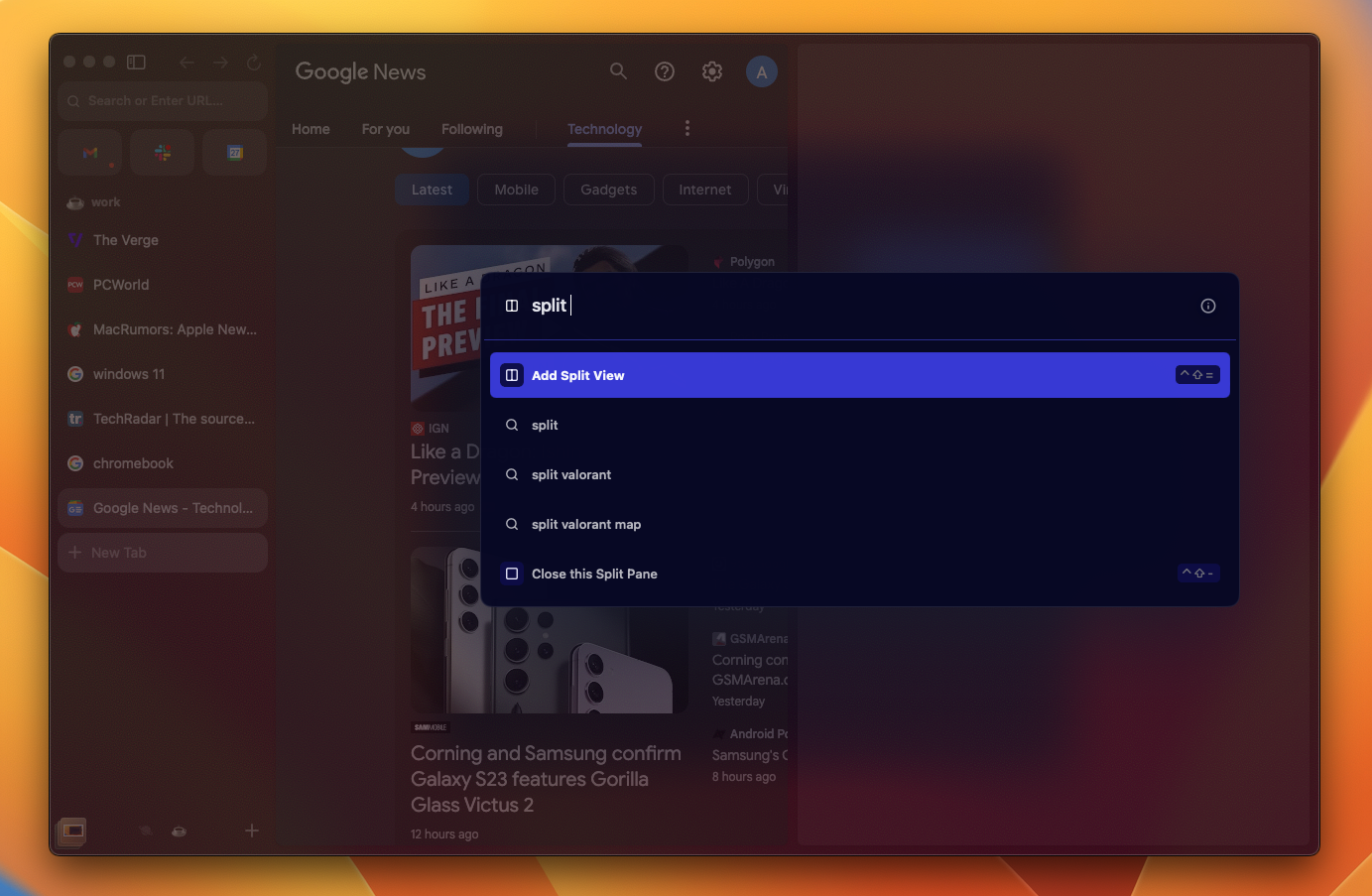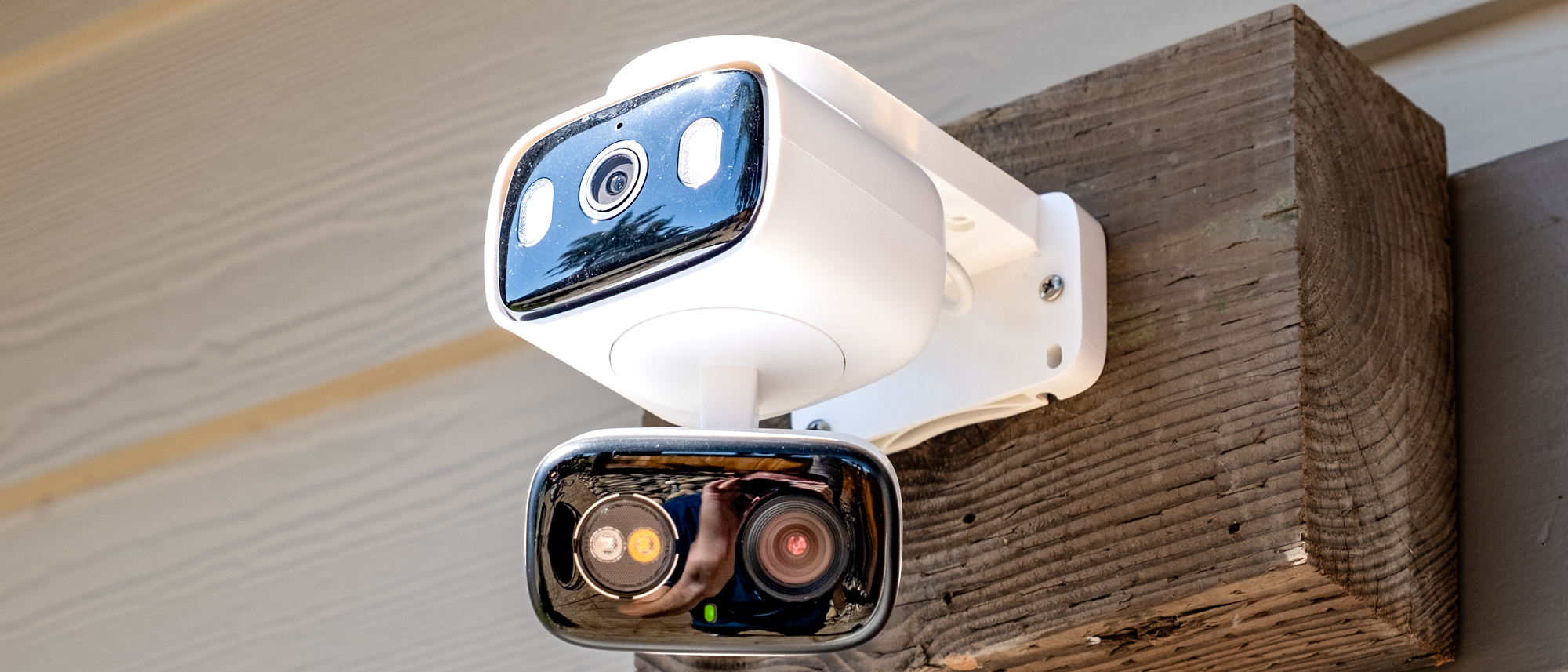I might ditch Chrome for the new Arc browser — here's why

The phrase "web browser" evokes a feeling of complete and well-earned boredom in most of us, for good reason: The browser business isn't particularly exciting.
For years now there have been just a handful of major players (Chrome, Edge, Firefox and Safari spring to mind) competing to be your default browser of choice. They each offer roughly similar features, and we all have a favorite or two we use on a nigh-daily basis. Maybe you use one for work and the other at home, or one on your phone and another on your PC. It's good enough, right?
That's how I felt for a long time about Google Chrome, a completely serviceable browser that does everything I need it to do. Sure it chews up a lot of my RAM, especially if I give in to the temptation to open new tabs all day without closing any, but thanks to our Chrome vs. Firefox vs. Microsoft Edge testing I know it's not actually that bad.
Sometimes I end up using Edge or Safari for work, but for years now I've been a Chrome boy. It's one of the first things I download on any new PC I'm reviewing, and until recently I thought I'd keep on that way until one of us kicked the bucket.
But after testing a new browser from the New York-based Browser Company, I'm having second thoughts. The company's new browser is called Arc, and it's pitched as a tool for using the Internet in a more calm, collected and capable fashion. The folks behind it have worked at other tech companies in the past, and they've built Arc to replace Chrome, minimize distractions and make you feel better about tab overload.
Arc does smart things other browsers should copy
Admittedly, accessing Arc is a bit more involved than most browsers at the moment. It's currently not widely available — you have to put your name down as interested (via the Arc website) and wait for an invite to install and use Arc. Once you do get one, it's only available on macOS — the team at The Browser Company are working on versions for Windows and mobile platforms, but it's unclear when we should expect those to drop.
Installing Arc itself is simple and quick, but at least for the moment the browser walks you through a series of examples of how it differs from the competition before dropping you off in front of a two-minute introduction video. All of this can be breezed past with little trouble, but if you do so you risk missing out on explanations of how key features work.
Get instant access to breaking news, the hottest reviews, great deals and helpful tips.
There are all sorts of little touches that I wish other browsers would copy from Arc. When you have Spotify playing music in one tab and switch to another, Arc automatically generates a small pop-up window with basic controls.
To oversimplify it, Arc relocates your tabs and address bar to a panel which sits on the lefthand side of the browser. They generally work the same as any other browser — each tab is a distinct instance of a browser window, and you visit pages by typing the URL or term you want to look up into the address bar on the left. Easy enough, though honestly I find having my tabs and address bars on the left a bit disconcerting.
But once you start using the browser over time, you start to see how Arc stands out from the pack. The lefthand panel has distinct sections for favorites (which nest near the top as icons), pinned tabs and whatever tabs you have open at the moment. There's a small button to click to close all tabs, but your pinned tabs and favorites endure, reflecting Arc's focus on making tab management easy. You can create separate "spaces" for organizing groups of tabs (these are kind of like Spaces in macOS or Desktops in Windows 11), then rotate between these spaces in the sidebar by swiping right or left with two fingers on the touchpad.
It all takes some getting used to, but works well once you get the hang of it. More importantly, there are all sorts of little touches that I wish other browsers would copy from Arc. For example, when you have Spotify or YouTube playing music in one tab and switch to another tab to read email or what-have-you, Arc automatically generates a small pop-up window that floats in the corner of the screen with basic controls and a timeline, allowing you to control what you're listening to without having to flip between tabs.
Arc's killer feature
The feature that sold me on Arc and almost convinced me to switch from Chrome is the remarkably versatile "New Tab" functionality. You know what I'm talking about: that moment when you click the little + icon in your browser to open a new tab. I like to use the key combo (Ctrl + T in Chrome for Windows), and I was delighted to discover that this little function is far more capable in Arc than in other browsers.
The thing I really love about Arc is that when you open a new tab you can choose to open it in Split View, which basically splits the browser's display port to show two or more websites side-by-side.
See, when you open a new tab in Arc (or press OPTION + T, like me) you get a little pop-up window with a text field for typing in your desired URL or query. But you can also type in commands to execute Arc actions like opening a new Note (Arc's built-in note-taking tool, which lets you jot down notes and save or archive them like a tab) or create a new Easel, which are Arc's catch-all collection spaces for captured and created content: think screenshots, diagrams and the like.
The thing I really love about Arc is that when you open a new tab you can choose to open it in Split View, which basically splits the browser's display port to show two or more websites side-by-side. It's fast and simple: I just hit the key combo, type in whatever I want to bring up, and it instantly pops in next to whatever I'm currently working on.
This may seem like a minor feature but it's such a time-saver for me — someone who works on laptops all the time while dreaming of the multi-monitor setup on offer at my PC. Sure, I could plug in whatever laptop I'm reviewing to my desktop monitors for more screen real estate, but when I'm jamming out a story on a laptop I rarely want to move to my desk, fiddle with all the cables and re-arrange whatever I'm working on across multiple displays of varying resolution; I just want to look at a spreadsheet or website right now to compare some figure or feature, and being able to do that with one key combo is a game-changer. Unsurprisingly, we've heard reports that a potential Microsoft Edge 'Phoenix' browser revamp could bring a similar feature to Microsoft's own browser.
Browsers can and should be better
Of course, there's a lot more that Arc does different from the competition, and it may not all be as useful or interesting to you as something like Split View is to me. There's a whole set of tools for coders to "Boost" websites by pulling data, modifying elements of style or even injecting their own features, for example, and the team at The Browser Company are adding to Arc all the time.
But I hope my own pleasant experience dipping a toe into Arc has encouraged you to venture beyond the bounds of your favorite browser to try something new. If you're interested in trying Arc yourself, you can request an invite via the company's website. Remember that it's currently only available on macOS, though versions for mobile and Windows are in the pipeline.

Alex Wawro is a lifelong tech and games enthusiast with more than a decade of experience covering both for outlets like Game Developer, Black Hat, and PC World magazine. A lifelong PC builder, he currently serves as a senior editor at Tom's Guide covering all things computing, from laptops and desktops to keyboards and mice.


